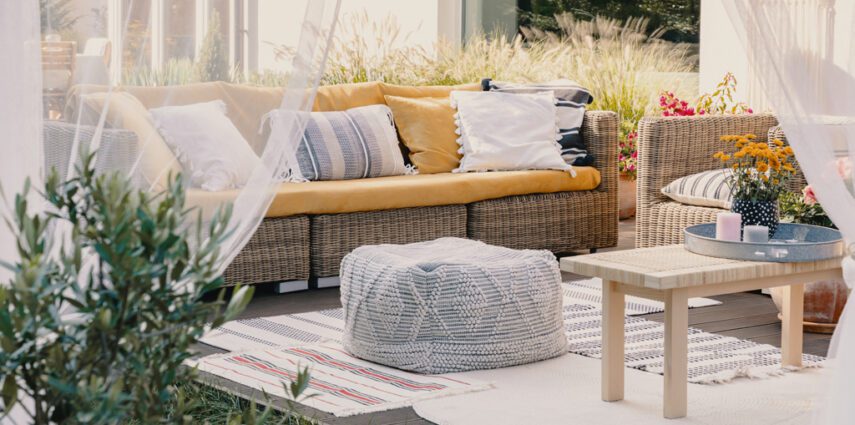Archive for September 2022
6 Ways to Cool Off Without Air Conditioning
Having an air conditioner is a near-must in climates where months-long heat waves are a summer norm. And with that comes an equally scorching energy bill. Even in regions with gentler climates, homeowners can still experience enough hot days in a row to nearly go mad. It doesn’t have to be so hard. Whether you want…
Read MoreMust-Haves for Your Dream Kitchen
Expert Insights from Designers and Remodelers Designing a kitchen that’s both beautiful and functional can feel overwhelming. To help you prioritize, we surveyed design and remodeling professionals to find out the must-have features for a kitchen you’ll love. Here are the key elements they recommend focusing on: 1. Smart Storage Solutions: Kitchen cabinets are a…
Read More

